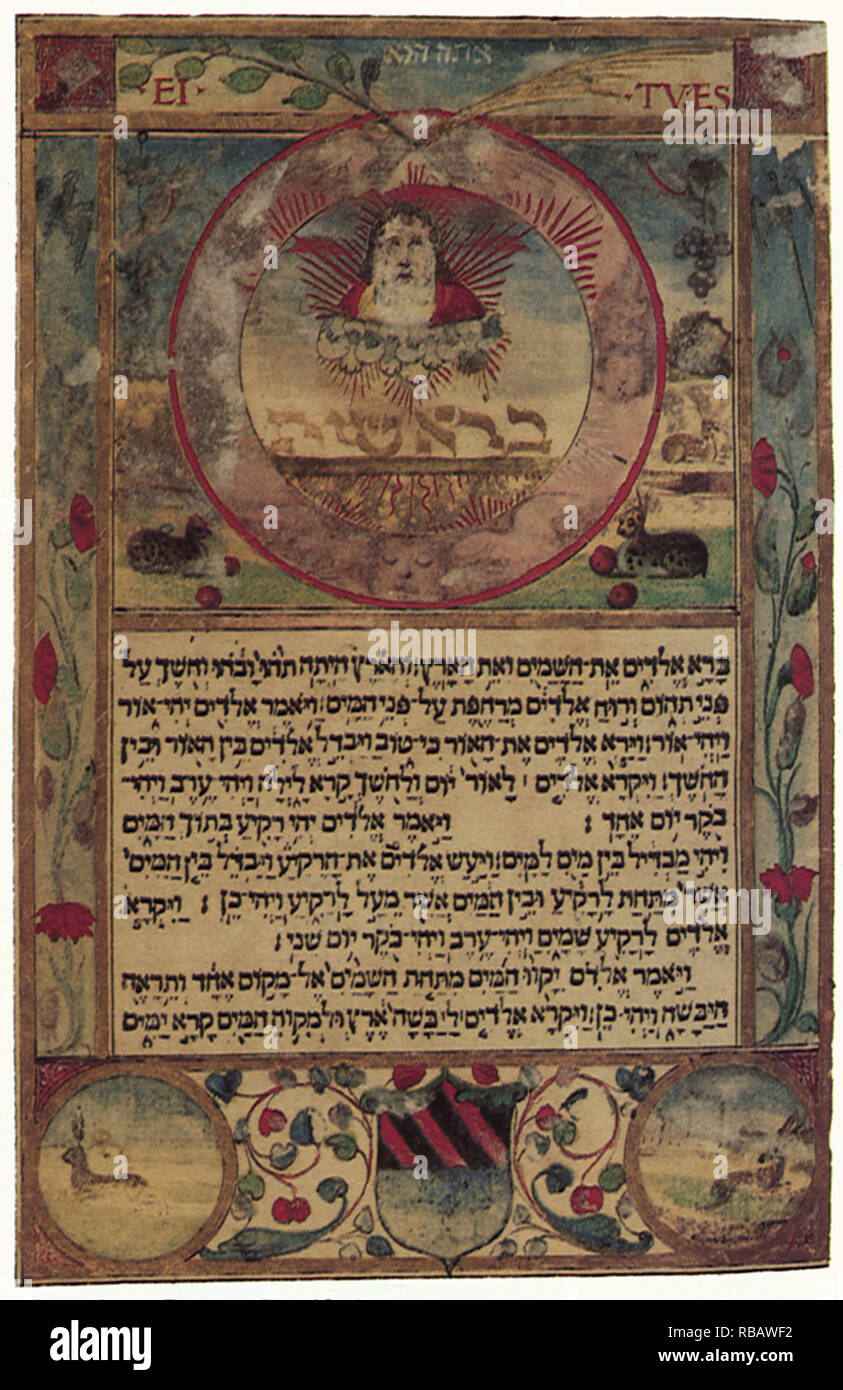

He placed them in 72 chambers, each of them in a separate one, without revealing to them why they were summoned. It is also found in the Tractate Megillah of the Babylonian Talmud: This narrative is found in the pseudepigraphic Letter of Aristeas to his brother Philocrates, and is repeated by Philo of Alexandria, Josephus (in Antiquities of the Jews), and by later sources (including Augustine of Hippo). Composition Jewish legend Beginning of the Letter of Aristeas to Philocrates (Biblioteca Apostolica Vaticana, 11th century)Īccording to tradition, Ptolemy II Philadelphus (the Greek Pharaoh of Egypt) sent seventy-two Hebrew translators-six from each of the Twelve Tribes of Israel-from Jerusalem to Alexandria to translate the Tanakh from Biblical Hebrew into Koine Greek, for inclusion in his library. The Roman numeral LXX (seventy) is commonly used as an abbreviation, in addition to G or G. It was not until the time of Augustine of Hippo (354–430 CE) that the Greek translation of the Jewish scriptures was called by the Latin term Septuaginta. This phrase in turn was derived from the Ancient Greek: Ἡ μετάφρασις τῶν Ἑβδομήκοντα, romanized: hē metáphrasis tōn hebdomḗkonta, lit.'The Translation of the Seventy'. The term "Septuagint" is derived from the Latin phrase Vetus Testamentum ex versione Septuaginta Interpretum ("The Old Testament from the version of the Seventy Translators"). The Septuagint therefore satisfied a need in the Jewish community. įew people could speak and even fewer could read in the Hebrew language during the Second Temple period Koine Greek and Aramaic were the most widely spoken languages at that time among the Jewish community. Some targumim translating or paraphrasing the Bible into Aramaic were also made during the Second Temple period. The remaining books were presumably translated in the 2nd century BCE.

īiblical scholars agree that the first five books of the Hebrew Bible were translated from Biblical Hebrew into Koine Greek by Jews living in the Ptolemaic Kingdom, probably in the early or middle part of the third century BCE.
#ORIGINAL PALEO HEBREW MANUSCRIPTS FULL#
The full Greek title derives from the story recorded in the Letter of Aristeas to Philocrates that "the laws of the Jews" were translated into the Greek language at the request of Ptolemy II Philadelphus (285–247 BCE) by seventy-two Hebrew translators-six from each of the Twelve Tribes of Israel. The Septuagint ( / ˈ s ɛ p tj u ə dʒ ɪ n t/ SEP-tew-ə-jint), sometimes referred to as the Greek Old Testament or The Translation of the Seventy ( Ancient Greek: Ἡ μετάφρασις τῶν Ἑβδομήκοντα, romanized: Hē metáphrasis tôn Hebdomḗkonta), and often abbreviated as LXX, is the earliest extant Greek translation of the Hebrew Bible from the original Hebrew.


 0 kommentar(er)
0 kommentar(er)
